The weirdest plants ever discovered
Trending Now
The plant kingdom is brimming with fascinating species that defy our conventional understanding of what flora should be. From flowers that smell like something out of a horror movie to plants that dance to the rhythm of nature, each of these botanical wonders has a story to tell.
So, let’s embark on a journey through the realm of peculiar plants, where each leaf and petal brings a new surprise!
The Corpse Flower: A Fragrant Oddity

The Corpse Flower, or Amorphophallus titanum, is notorious for its pungent odor reminiscent of rotting flesh. This olfactory assault attracts pollinators like carrion beetles and flies, which are drawn to its massive bloom.
The flower can grow up to 10 feet tall and takes several years to bloom, making its appearance a rare event in the plant world. Despite its stench, the Corpse Flower is a marvel of nature’s ingenuity.
Venus Flytrap: Nature’s Carnivorous Curiosity
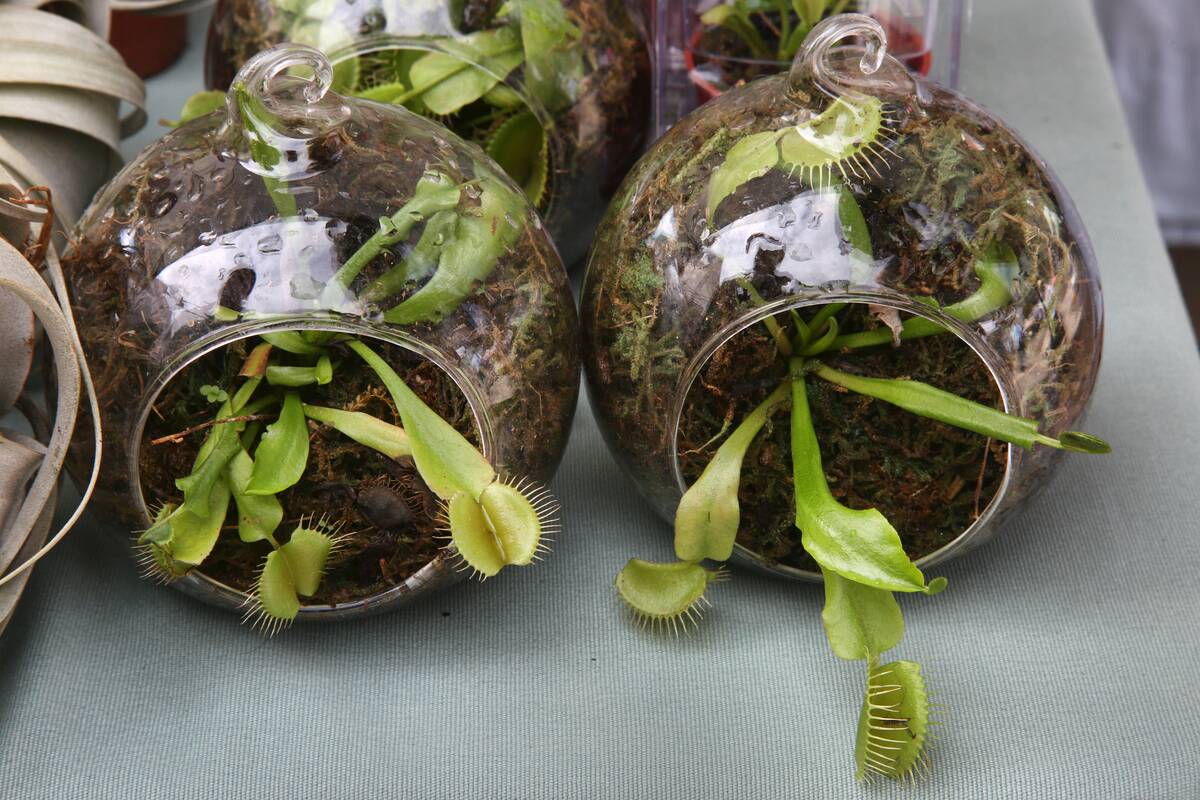
The Venus Flytrap, native to the subtropical wetlands of the United States, is famous for its rapid closing mechanism. This plant uses tiny trigger hairs to detect prey, snapping shut in less than a second to trap unsuspecting insects.
It then secretes digestive enzymes to absorb nutrients from its catch. This adaptation allows it to thrive in nutrient-poor soils, showcasing nature’s resourcefulness in survival strategies.
The Sensitive Plant: A Leafy Mind of Its Own
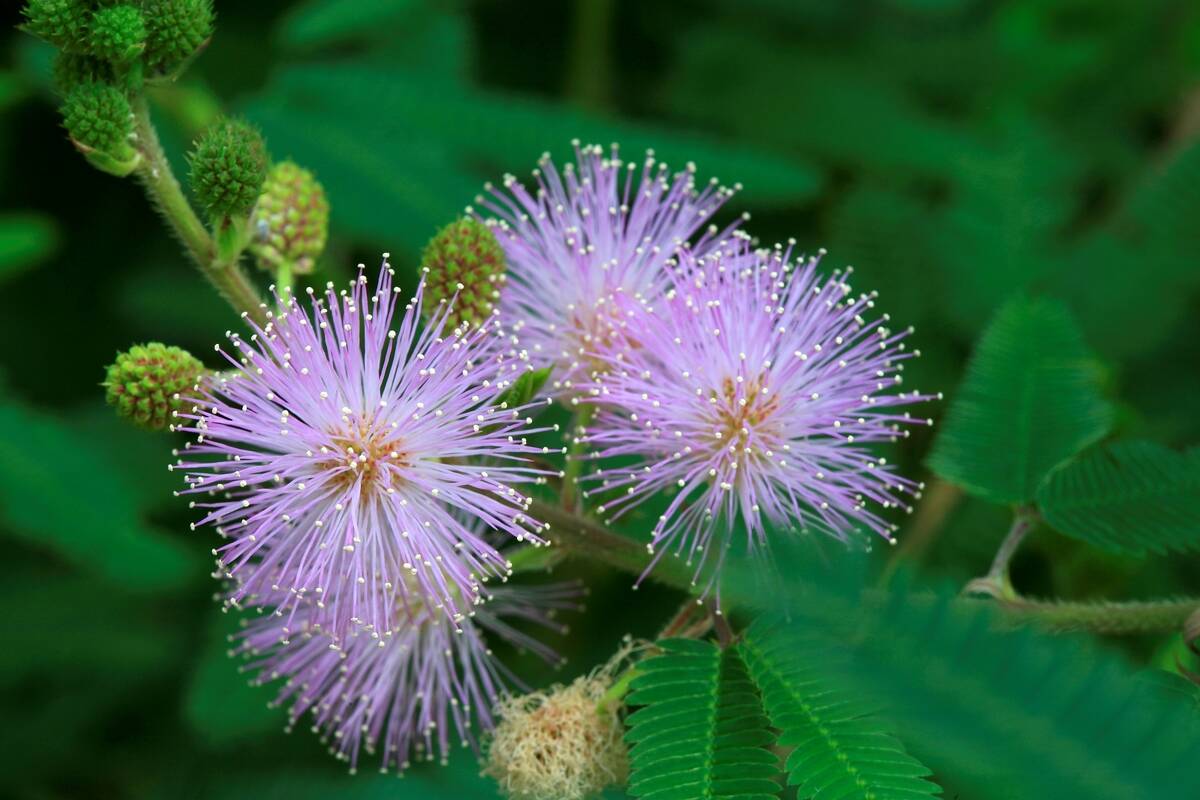
Mimosa pudica, commonly known as the Sensitive Plant, is remarkable for its ability to respond to touch. When disturbed, its leaves fold up and droop in a matter of seconds, a defensive mechanism to deter herbivores.
This phenomenon, known as thigmonasty, is a unique trait among plants, making the Sensitive Plant a favorite among botanists and curious minds alike.
Monkey Cups: The Peculiar Pitcher Plants
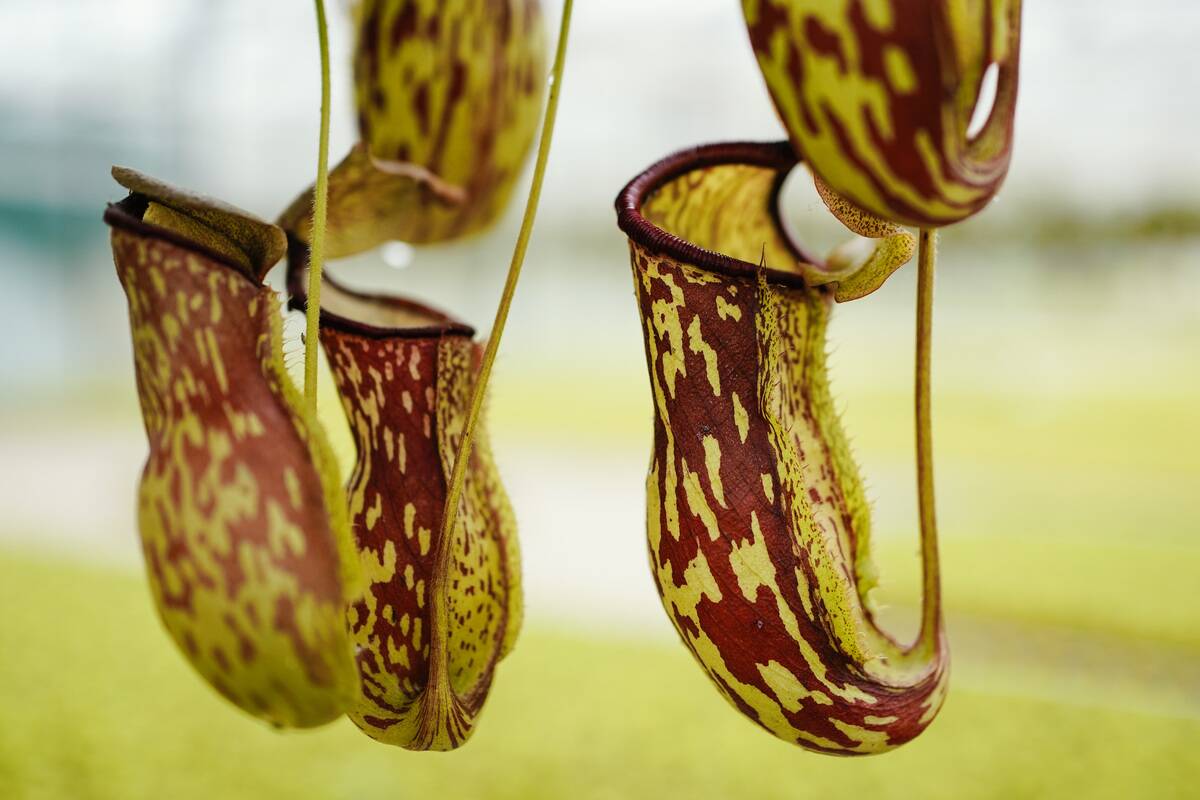
Monkey Cups, or Nepenthes, are carnivorous plants with pitcher-shaped leaves that lure, capture, and digest insects. Found mainly in Southeast Asia, these plants have evolved to thrive in nutrient-deficient environments.
The pitchers are often brightly colored and filled with a liquid that drowns and digests prey. Some species even have a symbiotic relationship with animals like tree shrews, which provide nutrients in exchange for food.
Rafflesia Arnoldii: The Giant of the Plant World

Rafflesia arnoldii is known for producing the largest individual flower in the world, spanning up to three feet in diameter. This parasitic plant lacks leaves, stems, and roots, relying entirely on its host for sustenance.
Found in the rainforests of Indonesia, its bloom emits a smell similar to decaying meat, attracting carrion flies for pollination. The Rafflesia’s sheer size and unique lifestyle make it a botanical wonder.
Dancing Plant: Grooving to Nature’s Beat

The Dancing Plant, or Codariocalyx motorius, is famous for its rapid leaf movement, often in response to light or sound. This unusual behavior has fascinated scientists and plant enthusiasts for centuries.
Native to Asia, the plant’s leaflets move in a rhythmic fashion, almost as if swaying to music. The movement is a result of changes in cell pressure, and while it might not be dancing in the human sense, it’s a captivating sight nonetheless.
Lithops: The Living Stones of the Desert
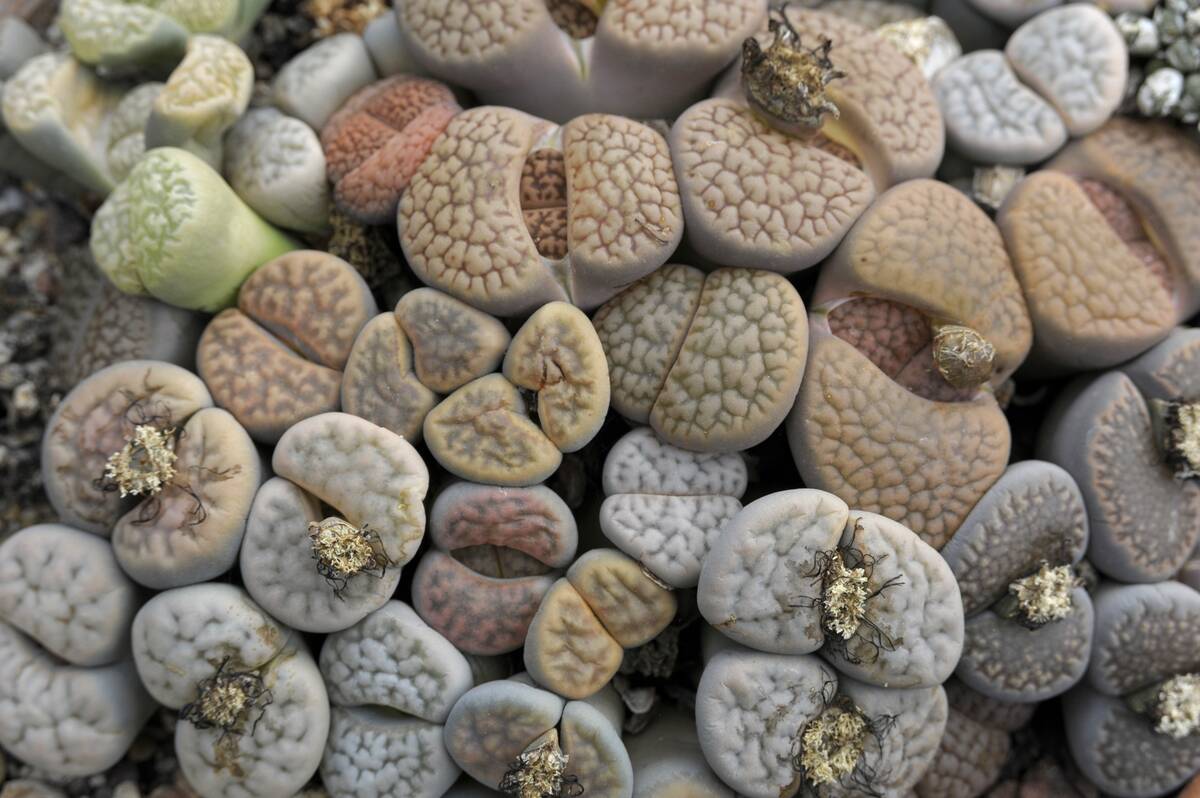
Lithops, often called living stones, are succulents that resemble small rocks. This clever camouflage helps them avoid being eaten by herbivores in their native habitats of southern Africa.
Their unique shape and color allow them to blend seamlessly with the surrounding pebbles, making them a favorite among plant collectors. Lithops are a testament to the power of adaptation and survival in harsh conditions.
The Dragon’s Blood Tree: An Umbrella of Scarlet Sap
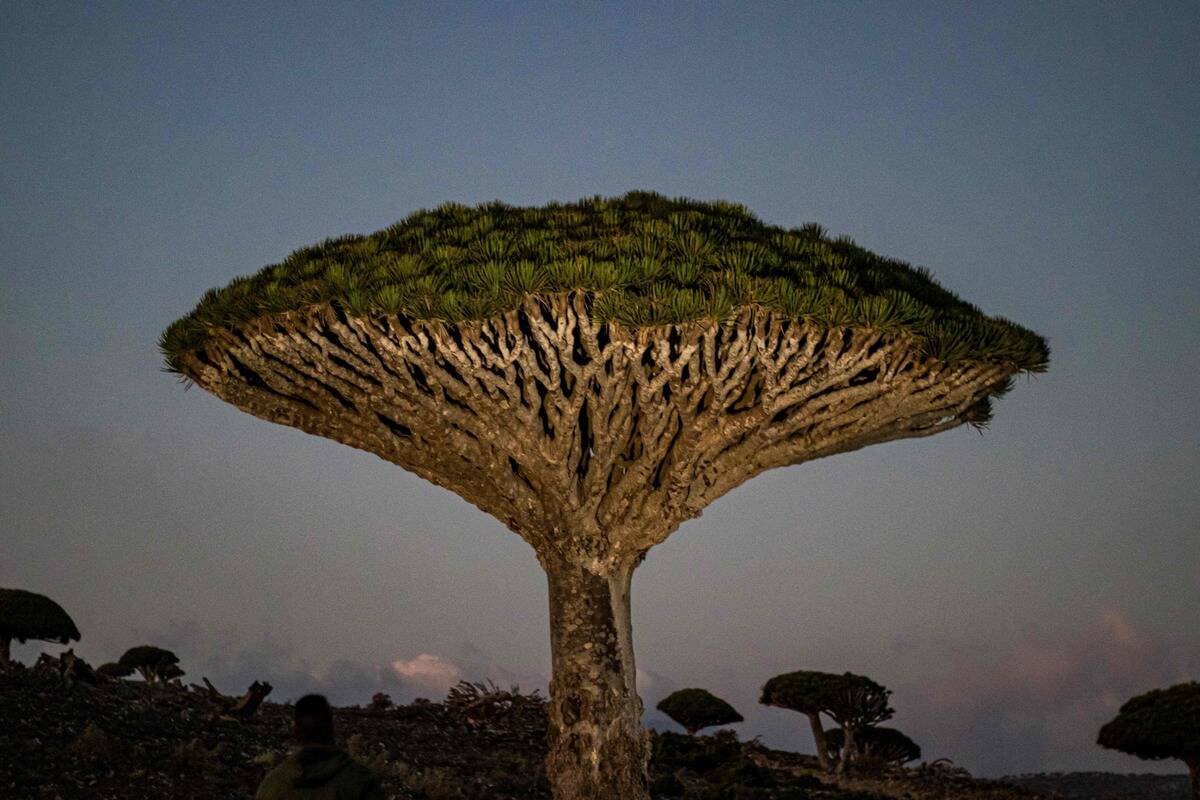
The Dragon’s Blood Tree, Dracaena cinnabari, stands out with its umbrella-shaped canopy and crimson sap. Native to the Socotra archipelago, this tree’s sap has been used for centuries in medicine, dye, and incense.
Its distinctive appearance and the mystical aura surrounding its ‘dragon’s blood’ make it one of the most intriguing trees in the world. The tree’s adaptation to arid environments highlights the diverse strategies plants use to thrive.
Hydnora Africana: The Underground Surprise
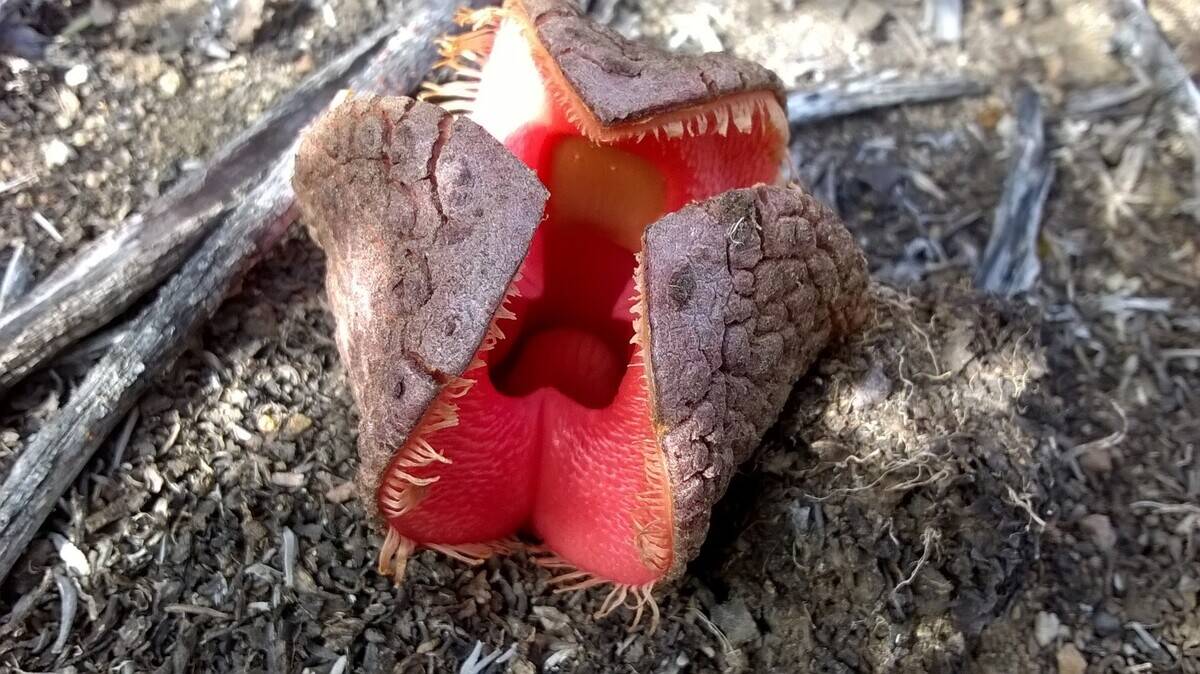
Hydnora africana is a parasitic plant that spends most of its life underground, emerging only to flower. Found in southern Africa, its blooms emit a foul odor to attract dung beetles for pollination.
The flower’s unique structure and subterranean lifestyle make it a curiosity among botanists. Despite its unconventional approach to survival, Hydnora africana is a fascinating example of nature’s diversity.
The Ghost Plant: A Spectral Sight in the Forest

The Ghost Plant, Monotropa uniflora, is an ethereal white plant found in temperate forests. Unlike most plants, it lacks chlorophyll and depends on a symbiotic relationship with fungi for nourishment.
This unusual adaptation allows it to thrive in the shadowy undergrowth of forests, where little sunlight penetrates. Its haunting appearance and unique lifestyle have earned it a special place in the world of botany.
Wolffia: The World’s Smallest Flowering Plant
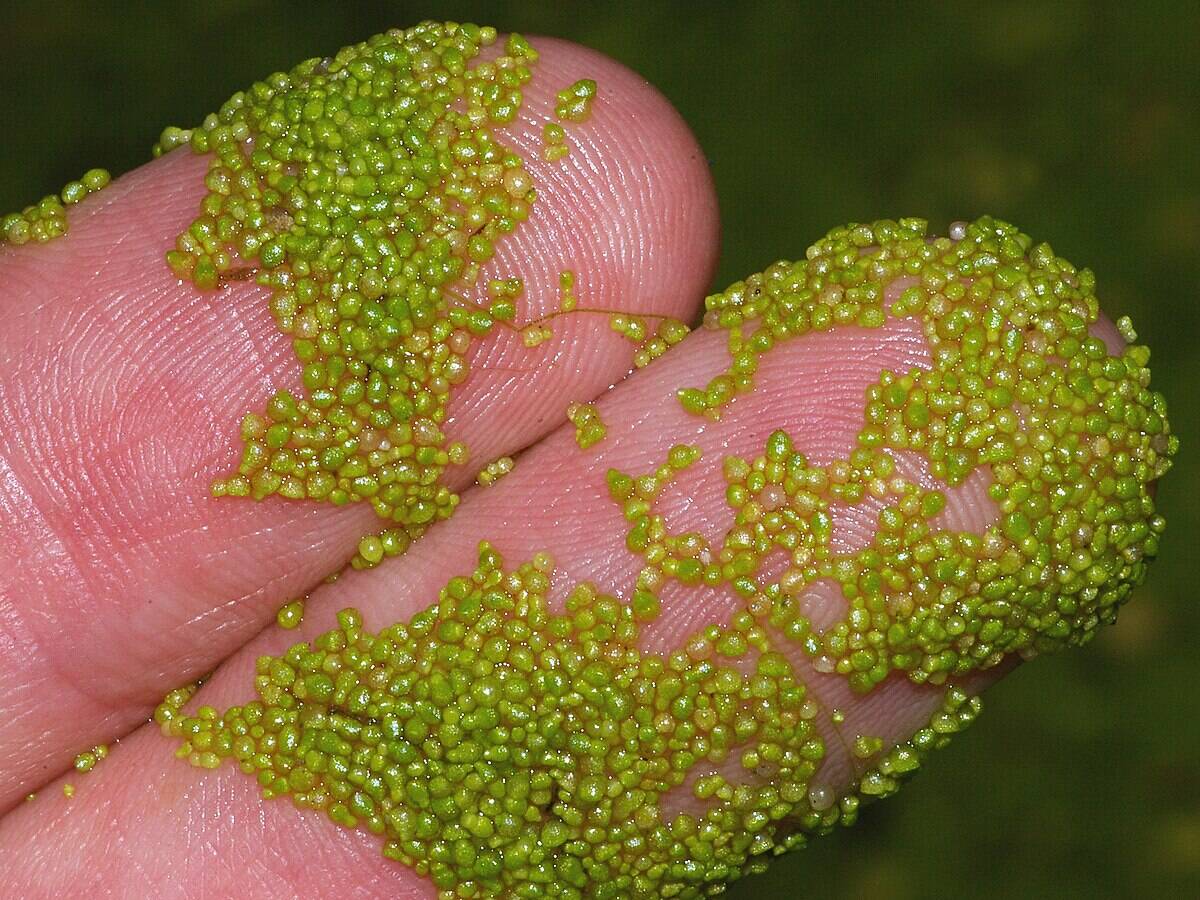
Wolffia, also known as watermeal, holds the title for the smallest flowering plant, with each individual plant measuring less than a millimeter.
Found in freshwater environments worldwide, these tiny plants play a crucial role in aquatic ecosystems, providing food for fish and other wildlife. Despite their minuscule size, Wolffia species can reproduce rapidly, forming dense mats on the water’s surface.
The Sundew: A Sticky Trap in the Plant Kingdom
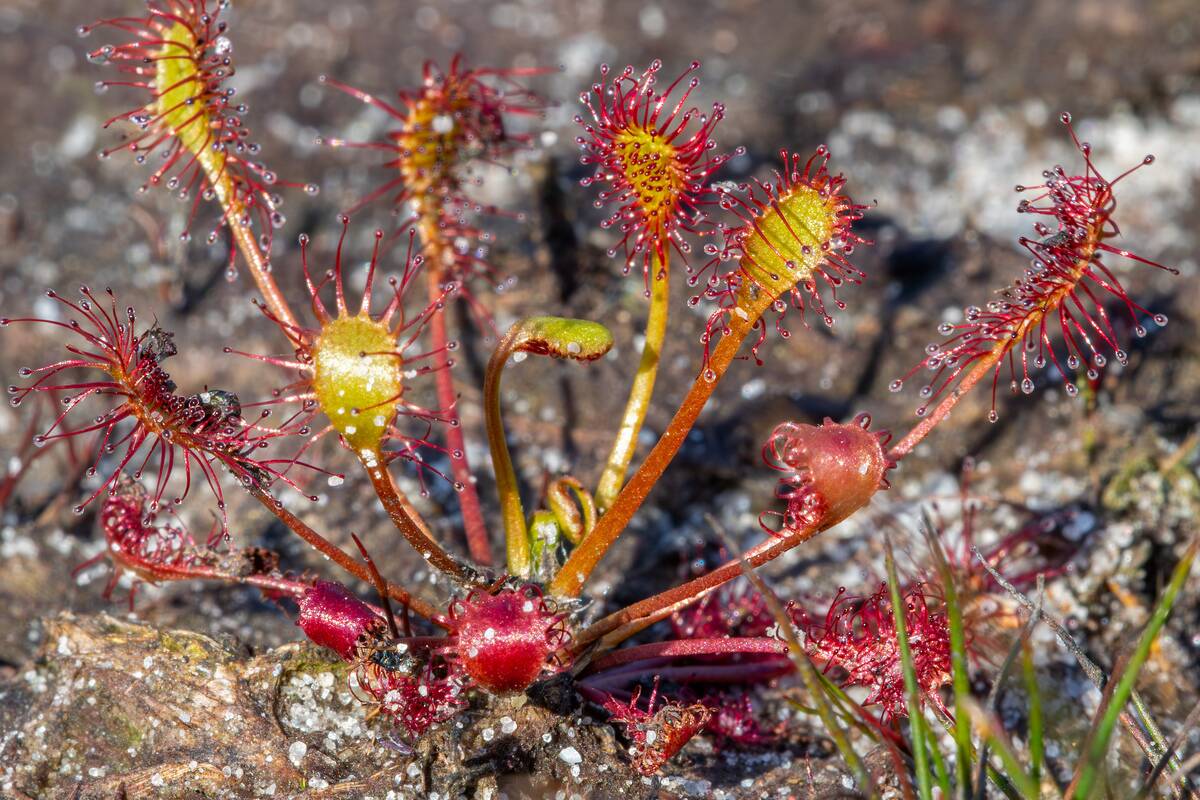
Sundews, belonging to the genus Drosera, are carnivorous plants with sticky, glandular hairs on their leaves that trap insects. Found in nutrient-poor environments worldwide, they supplement their diet by digesting prey.
The glistening droplets on their leaves resemble morning dew, hence the name sundew. This ingenious method of capturing nutrients highlights the diverse strategies plants employ to survive in challenging habitats.
The Resurrection Plant: Nature’s Survivalist
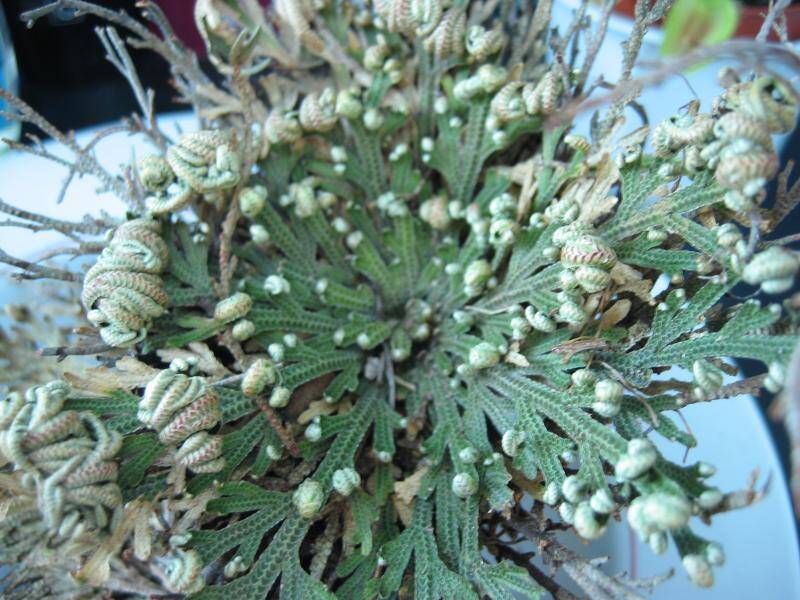
The Resurrection Plant, or Selaginella lepidophylla, is renowned for its ability to survive extreme desiccation. Found in the deserts of North America, it can withstand over six months without water, curling into a ball and reviving once hydrated.
This remarkable adaptation allows it to thrive in harsh environments, earning its name from its seemingly miraculous return to life. It’s a living testament to nature’s resilience.
The Bleeding Tooth Fungus: A Fungus with a Bite

The Bleeding Tooth Fungus, Hydnellum peckii, is known for its striking appearance, with red fluid oozing from its white cap. Found in North American and European forests, its unusual look has earned it nicknames like “devil’s tooth.”
While not poisonous, it’s considered inedible due to its bitter taste. This fungus is an example of nature’s ability to surprise us with its diverse and often bizarre appearances.
The Rainbow Eucalyptus: A Splash of Color in Bark
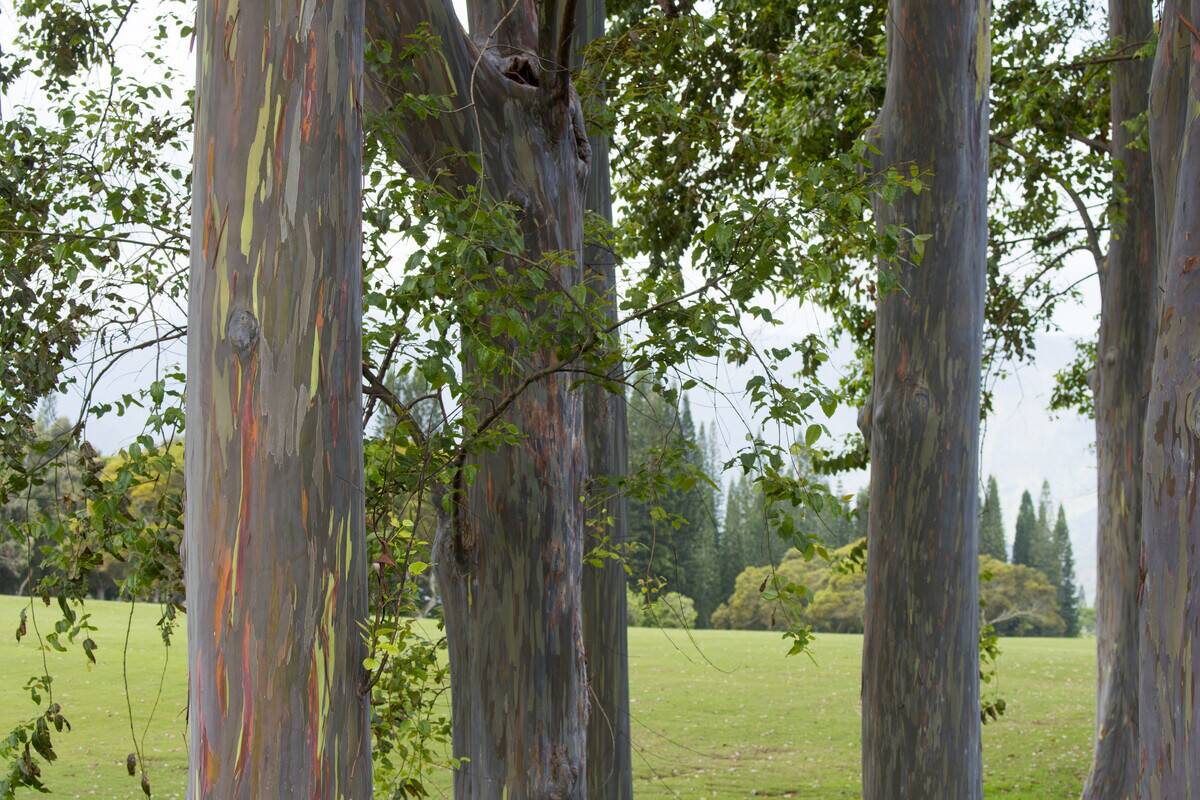
The Rainbow Eucalyptus, Eucalyptus deglupta, is famous for its multi-colored bark, which peels away in strips to reveal bright green, blue, orange, and maroon hues.
Native to the Philippines, Indonesia, and Papua New Guinea, this tree’s vibrant colors are a result of its unique shedding process. It’s a living canvas, showcasing nature’s artistry and adding a splash of color to the tropical landscapes it inhabits.




